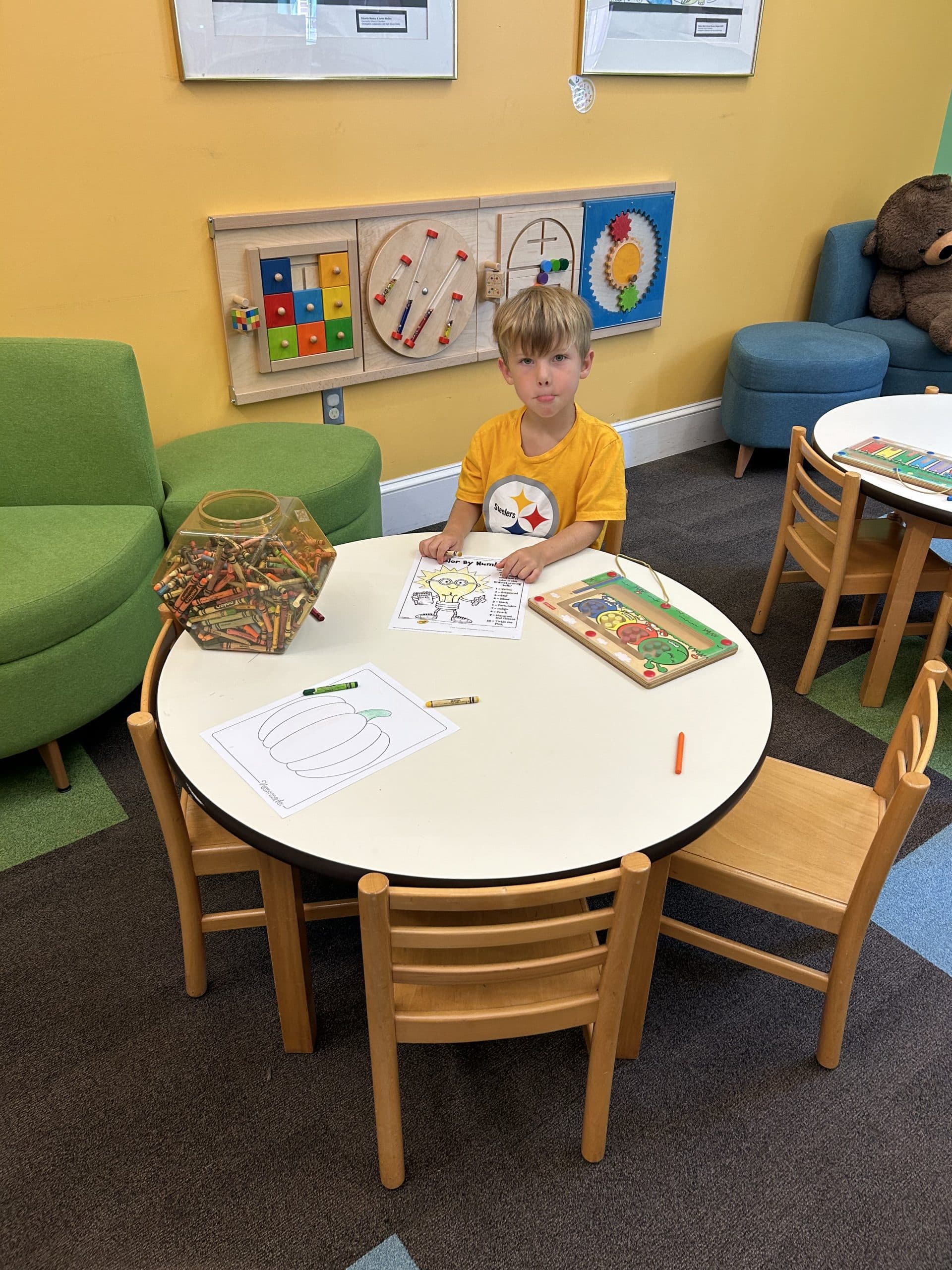Sight words are not outdated. They can play a valuable part in reading fluency. Sight words are words that educators expect students to recognize immediately, or by sight. They do not have to be sounded out when reading in a sentence. They are phonetically irregular words.
Sight Word Benefits
As students learn sight words, their reading becomes more fluent. They do not have to pause in their reading to use phonics or remember rules to pronounce the word. Learning words by sight helps students. They can understand the context of what they read. It also enables students to apply their phonics skills to focus on unfamiliar words. Review sight words daily and display them so that students can readily see them.
A Blended Approach
Research shows that educators who combine phonic instruction and sight word recognition gain reading skills the same as students who only receive phonics instruction. Sight words provide students with meaning to the text. Phonics is just as important because it lets students sound out unfamiliar words. Thus, phonics is better for teaching students to read because of the decoding. The use of phonics helps students to read any word. Therefore, students’ confidence in reading builds a basis to understand what they read.
A blended approach is best, as it helps both visual and auditory learners. Visual learners tend to learn sight words more quickly. Auditory learners learn sounds and associate them with words.
The Written Word
Sight words, along with phonics, help build writing skills. Spelling becomes easy because students understand how sounds go together. Thus, a blended approach builds solid literacy skills.
Often, students come across high-frequency (sight words) when reading. These are words that usually appear in text. In learning these words, students do not have to stop their reading to try to sound out a word that doesn’t follow phonetic rules. However, when a student struggles to sound out unknown words, phonics is needed. When a student decodes words but is a slow reader, sight words can improve fluency.
The Science of Reading
It is important to note that sight word instruction should be combined with phonetic instruction. Regular and repeated practice with both methods promotes fluency and comprehension. The Science of Reading places importance on decoding and sight words for reading fluency and comprehension. Learning sounds before sight word instruction is best. Continuous practice, together with decoding skills, builds solid readers. A blended approach is best for all types of learners. Reading is an important life skill.



